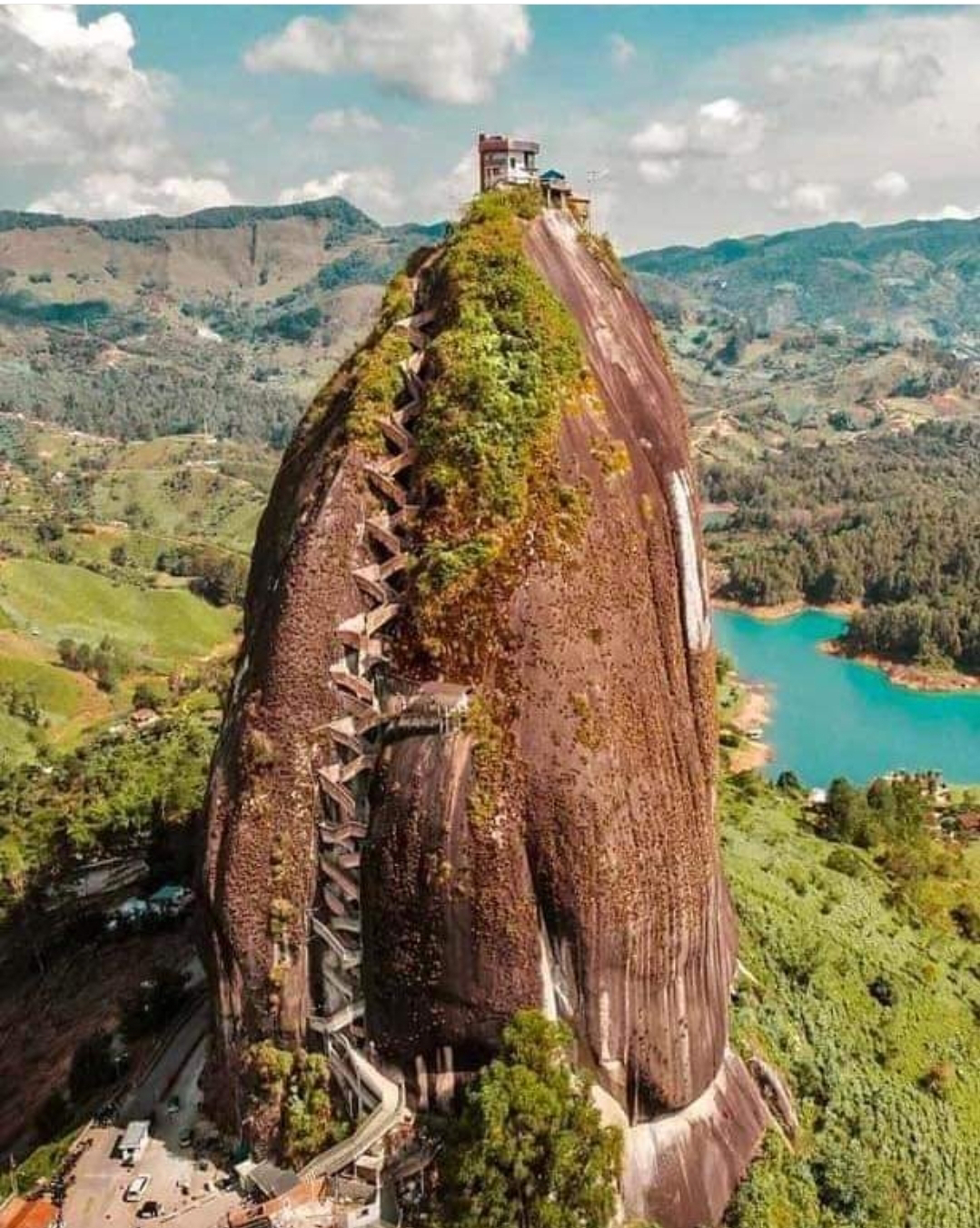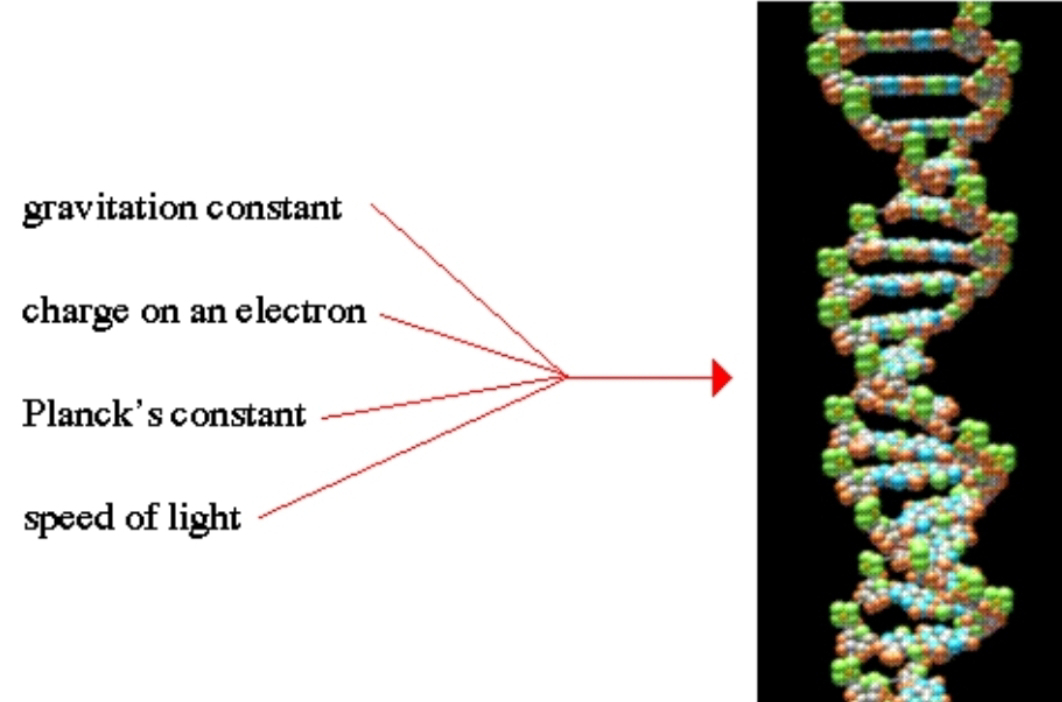NGC 5468 and the Challenge to Young Earth Creationism

NGC 5468: A Glimpse into the Distant Universe NGC 5468 is a face-on spiral galaxy located around 140 million light-years away in the constellation Virgo. This means the light we see from it today began its journey towards us 140 million years ago. The Challenge to Young Earth Creationism Young Earth creationism (YEC) posits that the Earth and the universe were created in their present forms within the last 10,000 years. The existence of galaxies like NGC 5468, with their immense distances and the time it takes for their light to reach us, directly contradicts this view. The Vastness of Time and Space Light's Travel Time : Light travels at a finite speed of approximately 299,792,458 meters per second. The light from NGC 5468 has taken 140 million years to reach Earth. This unequivocally demonstrates that the universe is vastly older than 10,000 years. Star Formation : Galaxies like NGC 5468 are filled with stars, many of which are much older than our own Sun. The process...







